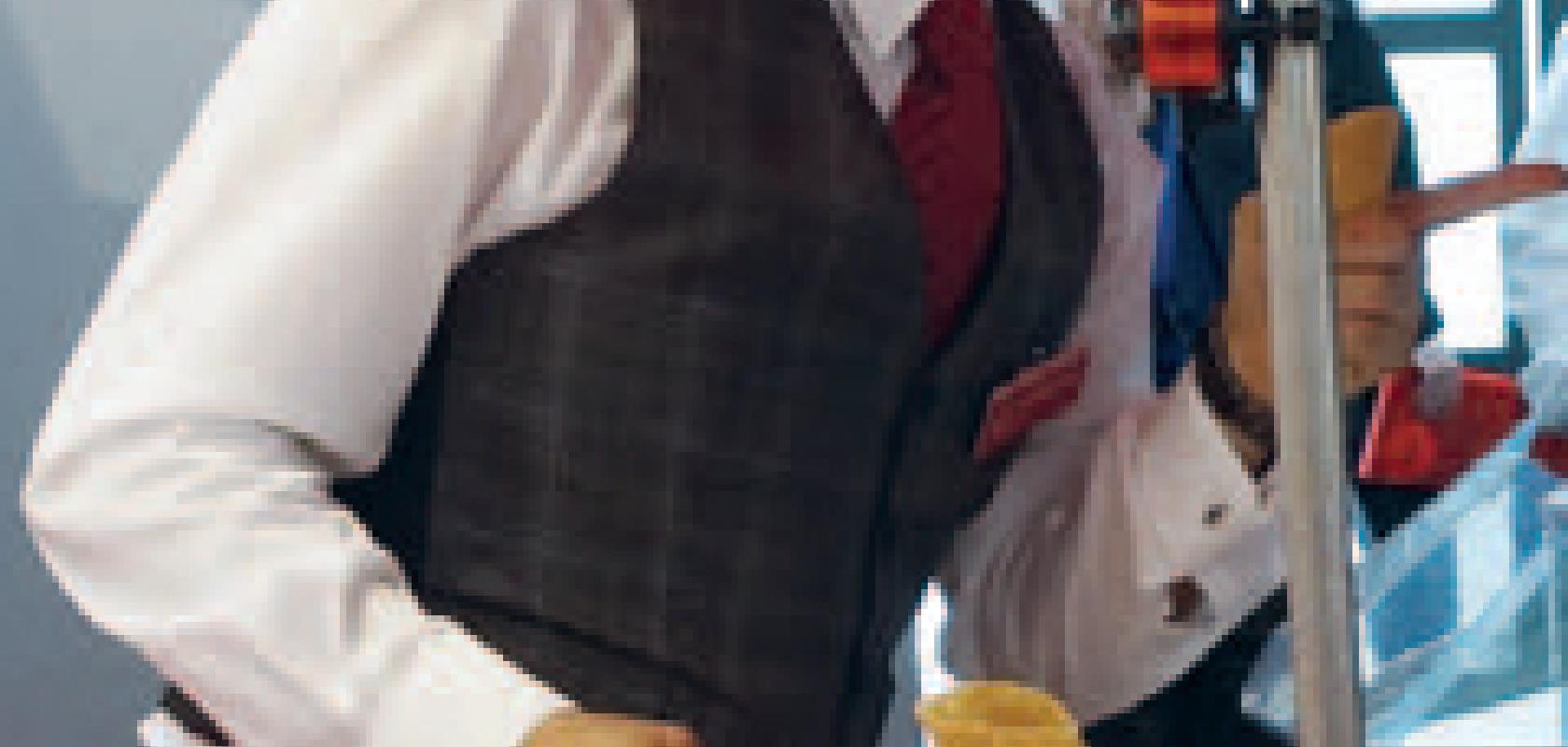In its fortieth year, Munich, once again, hosted Laser World of Photonics, a huge event that has promoted the photonics market since 1973.
Over the course of its four days, from the 13-16 May, Munich was the industry’s marketplace, think tank, knowledge forum, solution provider, and network for engineers and managers.
‘Photonics has changed from a niche existence to a worldwide, accepted key enabling technology, which is a driver for innovation and plays a decisive role for many end users,’ Thilo Brodtmann, from the German Engineering Federation VDMA told delegates.
Laser World of Photonics saw almost 27,000 visitors from 74 countries with significantly more visitors from China, Russia and South Korea and its number of exhibitors grew to 1,136 from 37 countries. Topics for discussion this year were the health of the market, illumination and energy technologies, biophotonics and medical engineering and lasers and laser systems for production engineering.
Professor Dr Peter Loosen is deputy director of the Fraunhofer Institute for Laser Technology ILT. He is also chairman of the steering committee of the World of Photonics Congress. He said: ‘The congress is one of the most important events in the world in the photonics field. The combination of trade fair and congress is unique.’
Research by the German Federal Ministry of Education and Research (BMBF) and the industrial associations VDMA, Spectaris and ZVEI, was a significant part of the show. That research showed that, despite the financial crisis, there has been solid growth in the photonics sector since 2005. Photonics has moved from being a niche sector to a key enabling technology, according to a joint study of the industry.
For lasers and laser systems for production engineering, exhibitions and panel discussions linked to this topic included laser additive manufacturing; micro technology applications; robot guided cutting and welding; and advanced applications of ultra short pulse laser systems. E-mobility was another buzzword at the conference. This is about the role that lasers play in the development and production of electric vehicles.
With speakers from the BMW group, Reutlingen-based green power company Manz, Bavaria’s Bayerisches Laserzentrum (BLZ) and the Institut für Werkzeugmaschinen und Betriebswissenschaften (IWB), an institute for industrial technology and management; plastics joining, carbon fibre reinforced plastics and battery electrode processing for e-mobility were all addressed.
Other technologies discussed, which had related exhibitions, were biophotonics and medical engineering including head and neck optical diagnostics; laser applications and optical diagnostics in ophthalmology; the latest developments in bioinstrumentation and life sciences and diagnostic techniques for the likes of cancer.
For illumination and energy the subject areas were photovoltaic manufacturing, LEWD/OLED, battery production, lightweight construction and energy efficiency. The panel discussion and exhibitions linked to illumination and energy were about solid-state lighting; organic light-emitting diodes; and lasers and, again, e-mobility.
But, if all that wasn’t food enough for the brain, a welcome refreshment was available at the Laseroptik stand. There the company had a stylish ice cream cart with six flavours sorted from UV to IR and named by their laser wavelength’s similar colour.
‘We had about 450 visitors on our booth every day, 400 due to the big fun for the laser experts. It was my pleasure to give out the cool stuff myself every day,’ says Laseroptik CEO Wolfgang Ebert. Laseroptik’s UV optics are European Space Agency approved and it has developed an ion beam sputtering technique for UV coating that can withstand high power and harsh environmental conditions.
Fortunately for the show’s participants, the harsh conditions of being on your feet all day were relieved with that ice cream; a Hawaiian theme at Toptica’s stand; and, at Sweden’s Cobolt, folk music – but no Abba.


